Ireland, Scotland and Crete 2017
A lovely breakfast this morning at The Rose Hotel, Tralee, with hot food being served to our tables. Much more dignified than the bun rush at other places. The staff here are excellent and I left feedback indicating this.
Today Tony and I are in the plum seats, at the front of the bus behind the driver. Great views of Ireland from here. We leave the pretty little town of Tralee. Peter tells us about Europeans migrating to the West Coast of Ireland in the early 1960's, in particular round the Ring of Kerry. The reason for this was to evade any nuclear fallout when tensions around the world were rife. He says he remembers the fears
Lesley Mackie
22 chapters
16 Apr 2020
Day 10 - En Route to Galway
September 07, 2017
|
Adare - Limerick - Galway
A lovely breakfast this morning at The Rose Hotel, Tralee, with hot food being served to our tables. Much more dignified than the bun rush at other places. The staff here are excellent and I left feedback indicating this.
Today Tony and I are in the plum seats, at the front of the bus behind the driver. Great views of Ireland from here. We leave the pretty little town of Tralee. Peter tells us about Europeans migrating to the West Coast of Ireland in the early 1960's, in particular round the Ring of Kerry. The reason for this was to evade any nuclear fallout when tensions around the world were rife. He says he remembers the fears
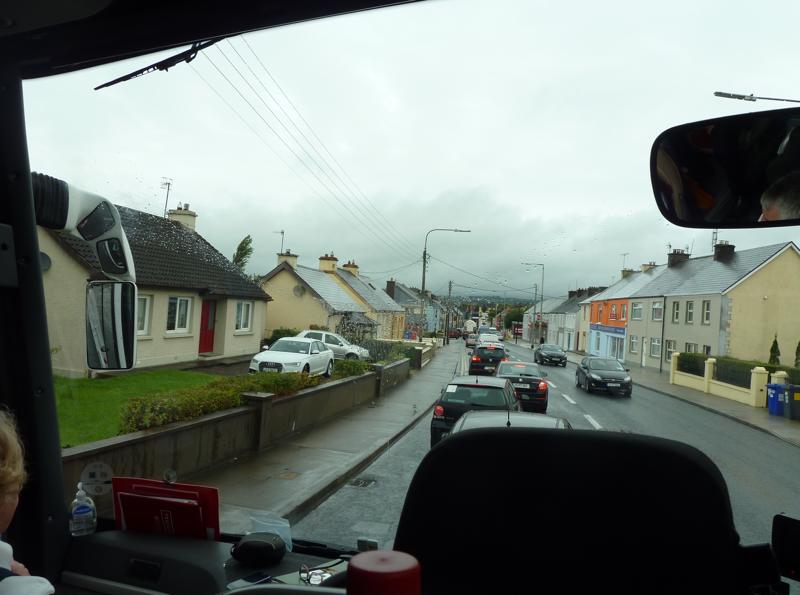
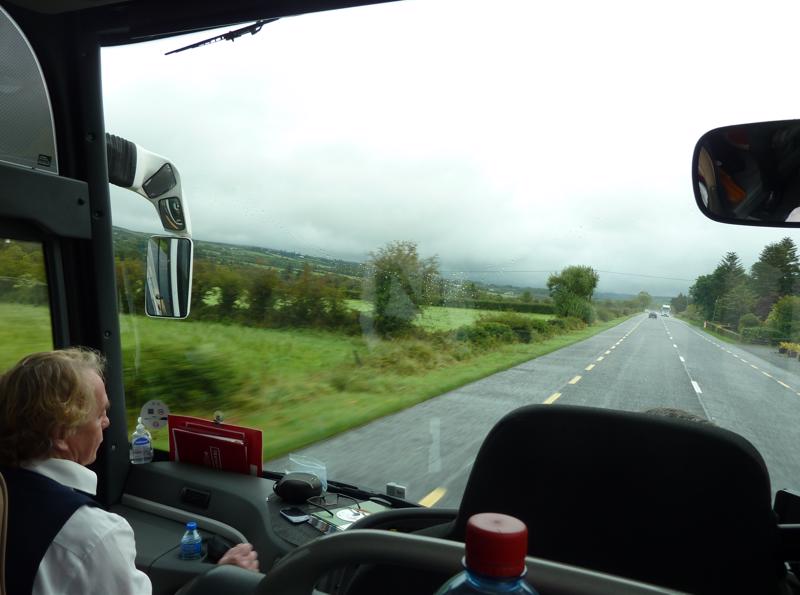
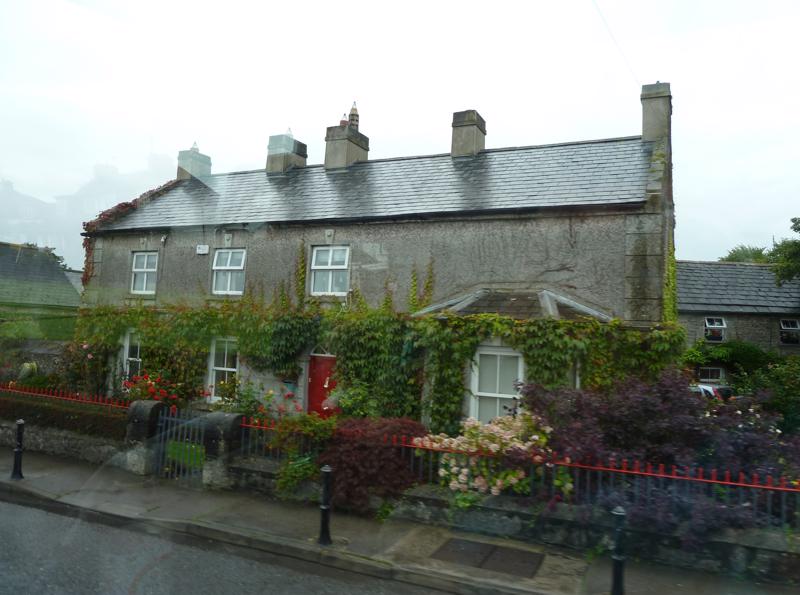
around Europe at this time when he was a young Irish boy. The Dutch were given incentives by their government to leave, because of the overcrowding in their country. Many Germans and English arrived in Kerry and settled, setting up shops and businesses.
Peter tells us that after the Chernobyl explosion in the Ukraine, the radiation rose up into the atmosphere and was swept into the jet stream to circle the globe a few times. Eventually they were discovering that sheep and cows in Ireland's West Coast were radioactive so they had to ban the consumption of meat. So all the efforts of some to escape a nuclear catastrophe were nullified.
Peter also mentioned a booklet published by the Irish Government and distributed to the public with so-called helpful hints in the event of a nuclear emergency. It recommended filling the bathtubs with water, crouching under tables and closing curtains! Not much help at all.
On our way north today, first to Adare, then Limerick and later to Galway. Peter is talking about the new robotic dairy farms where the cows can decide themselves when they want to be milked. Still a few technical difficulties. For example, the cows go through an area where they are massaged and affectionately scratched. They like this so it's an incentive to come in and be milked. But Daisy, the lead cow, might decide to walk backwards out of the milking area in order to have another back rub and this behaviour will jam up the works with other cows behind her trying to get through!
Adare, meaning the 'Place of the Oak Tree', is where we stop for morning tea. It's a pretty little village. We hear about the Fitzgerald Family in Ireland who were a powerful lordship family generations ago. As strong Catholics, they defied the English Crown and invited Cistercians, Franciscans and Augustinians - Catholic monastic groups - to set up monasteries in this area.
We pass by the road to Shannon Airport, a place where there's legal discussions going on today. For years, Ireland has been neutral
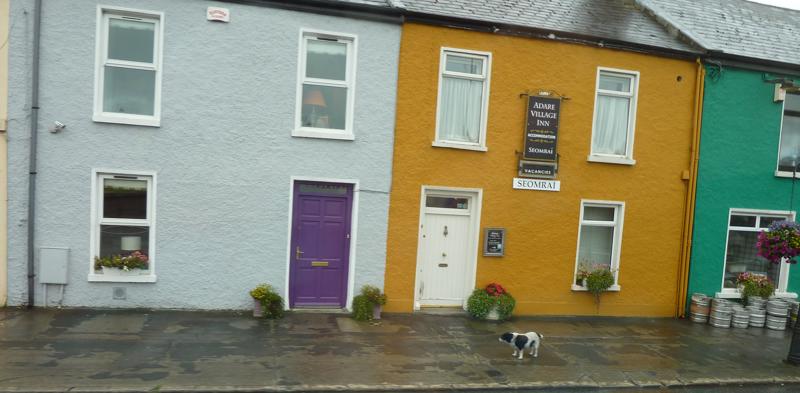
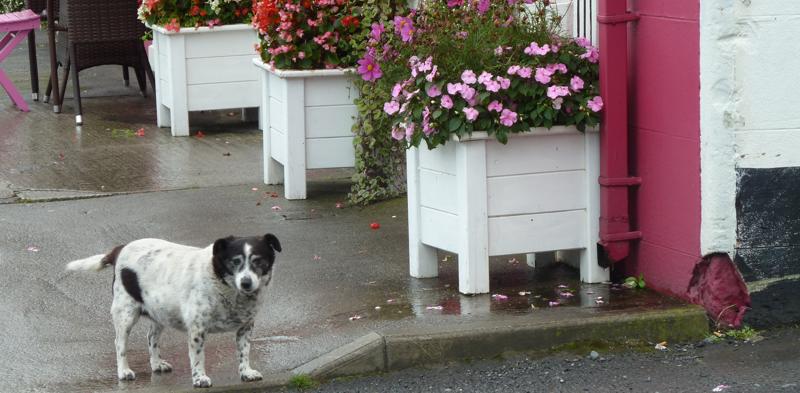
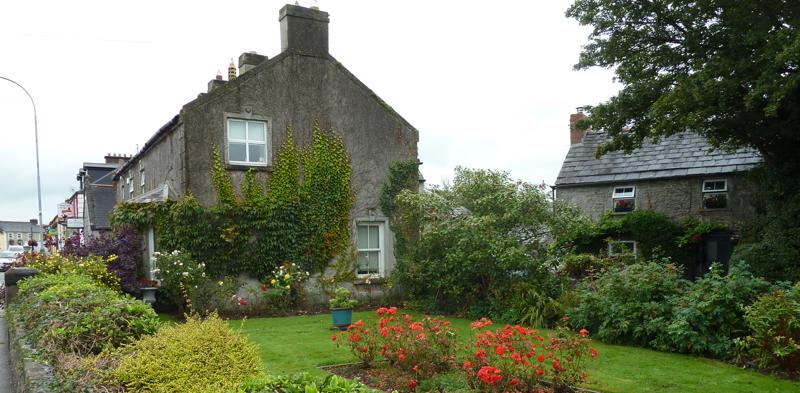
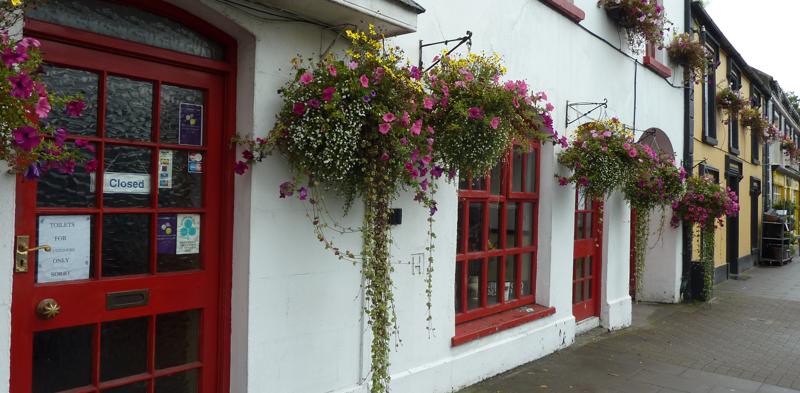
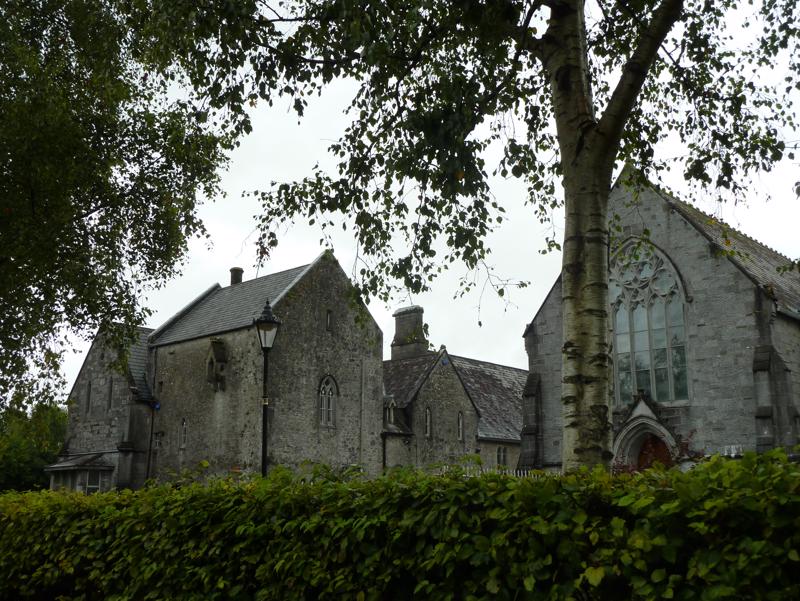
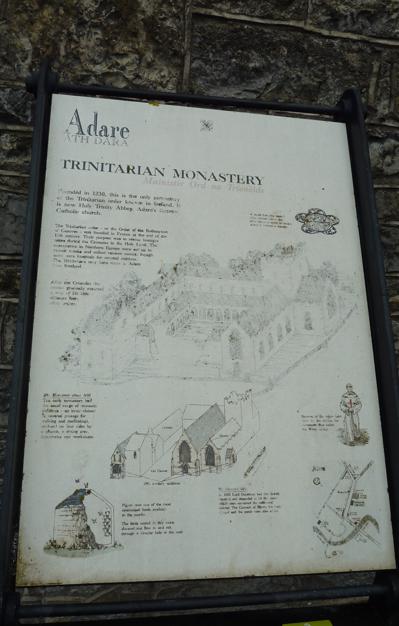
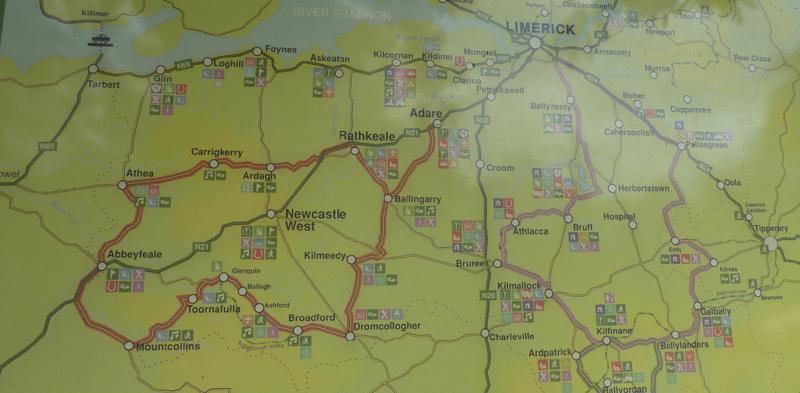
territory but Shannon Airport allows Russian and U.S. aircraft to refuel and continue over the Atlantic. The planes are never checked and the Irish don't know what's on board. There could even be nuclear weapons aboard. Legal experts predict that Shannon Airport could well be bombed or nuked in future years, so they are warning that these liberties need to cease.
The Treaty of Limerick, we hear, was known as the Treaty of Betrayal as the rights of Catholics were not respected. We see the Treaty Stone, King John's Castle and St. Mary's Cathedral. Limerick is famous for cement and cured ham - cured with salt to go on the boats for export- and is the place where Frank McCourt, the author of Angela's Ashes, lived.
We stop to view the Shannon River which is spanned by a massive stone bridge. The river itself is amazing wide and flowing strongly. Tony poses for a photo.
We continue onto Galway for a late lunch. We see the cathedral, built
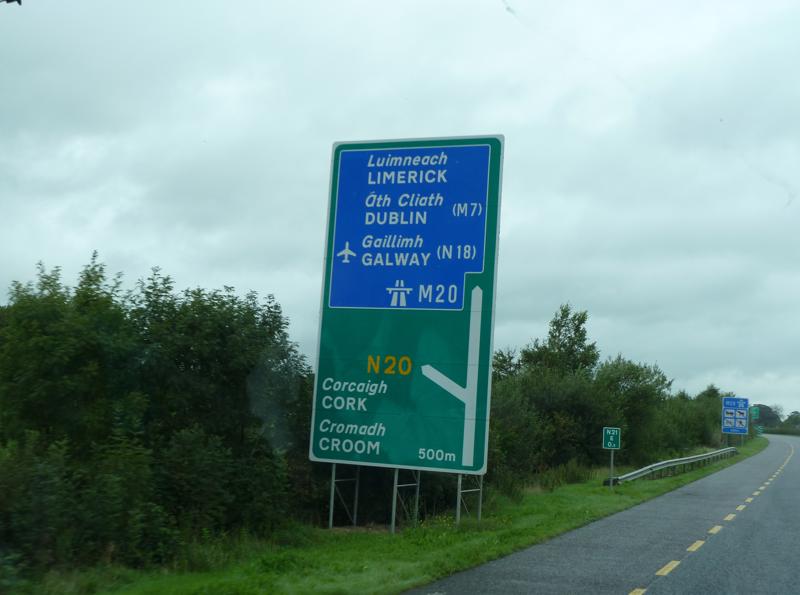
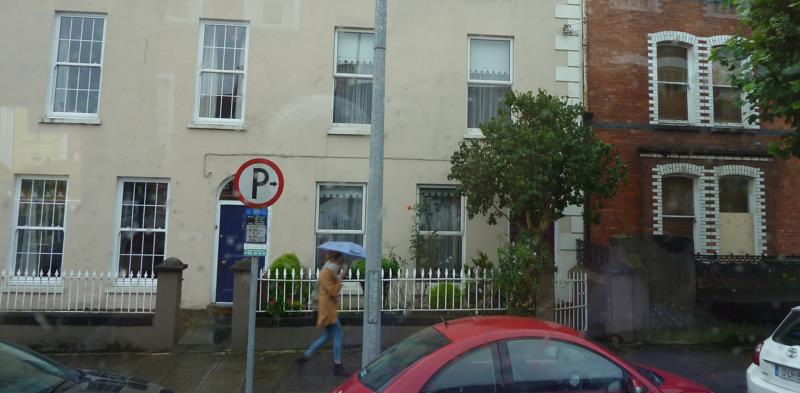
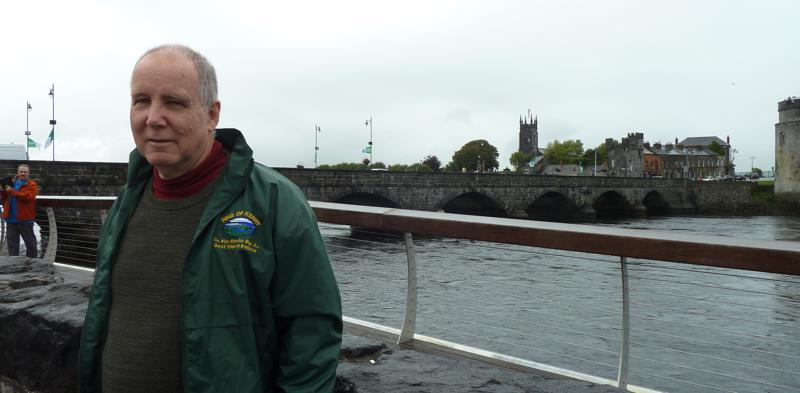
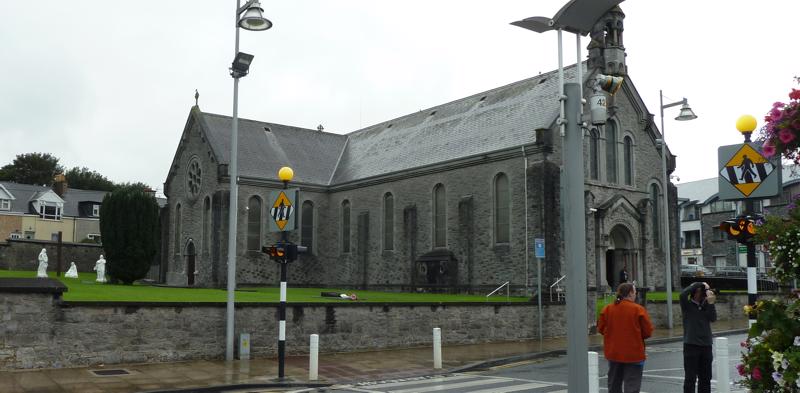
on the site of an old prison, and take a stroll around Eyre Square. There are crowds of people milling around the shops, and listening to the buskers on the street.
We stop at a small restaurant where we have a window seat to look out at the people passing by. I'm amazed and impressed with the Gluten-Free Lunch Menu presented, a separate menu for me to peruse. My choice of a Crispy Silver Hill Duck sandwich with roasted cashews is a good choice. Very delicious!
We wander around the town and by chance come upon a small medieval stone church called St Nicholas. There we chat with a church attendant and when she discovers we are Australians, she tells us that this church was attended by Robert Burke's family. She shows us the baptismal font where he was baptized. As I had recently read a novel about Burke and Wills and their harrowing expedition across Australia from South to North, it is a happy coincidence to land at this place and discover his origins.
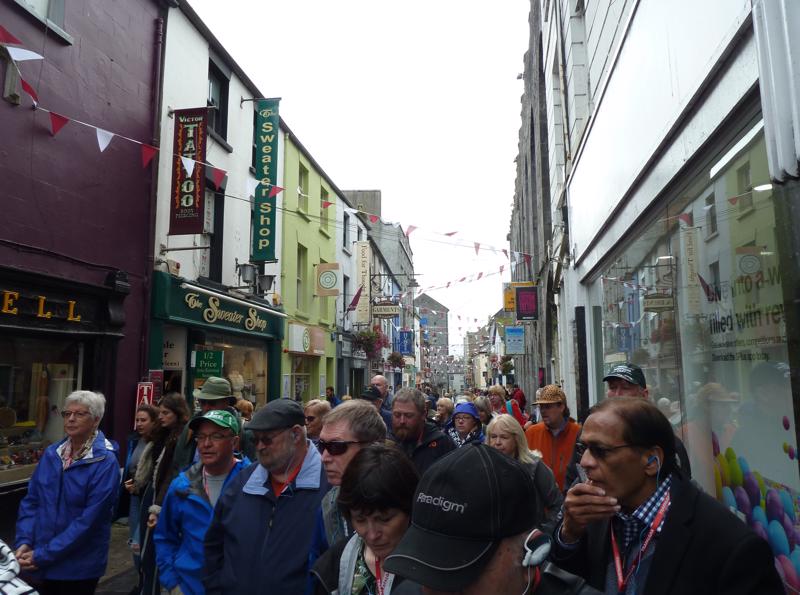
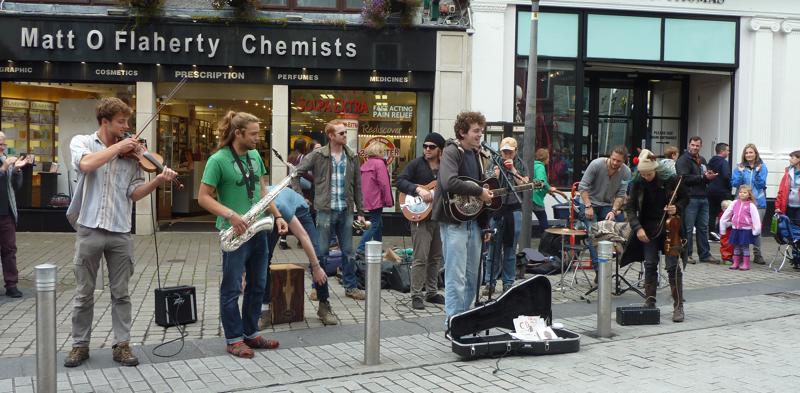
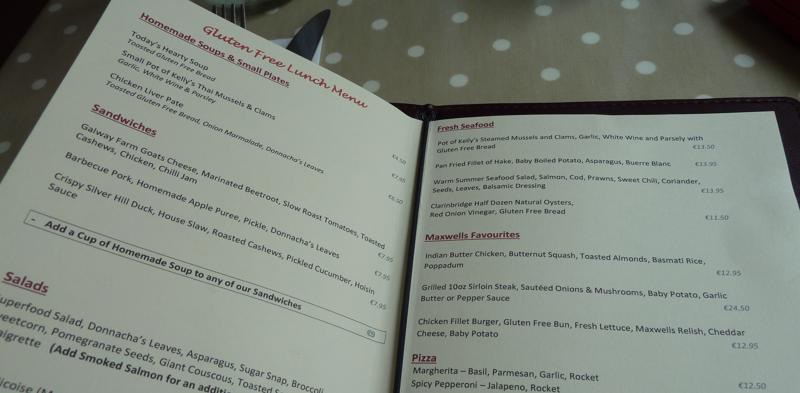
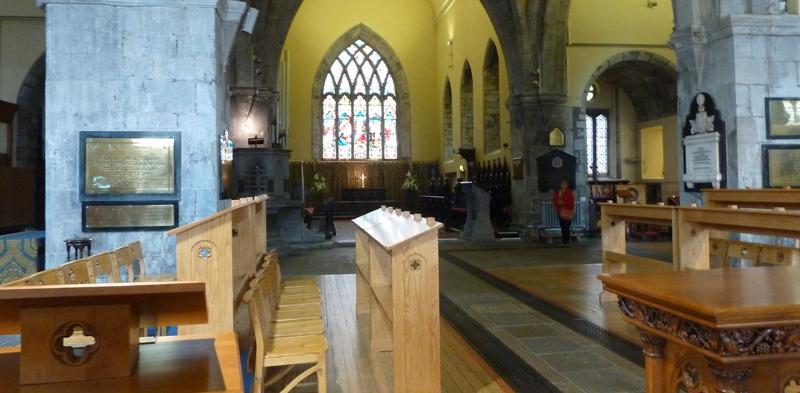
1.
Day 1 & 2 - In Flight
2.
Day 3 - London City
3.
Day 4 - To Ireland
4.
Day 5 - Coach Tour
5.
Day 6 - Dublin
6.
Day 7 - Horses & Crystal
7.
Day 8 - Blarney & Killarney
8.
Day 9 - Ring of Kerry & Cart Rides
9.
Day 10 - En Route to Galway
10.
Day 11 - Troubles & Truce
11.
Day 12 - Giant's Causeway & Titanic
12.
Day 13 - To Scotland
13.
Day 14 - Glasgow
14.
Day Fifteen - Loch Lomond
15.
Day Sixteen - Isle of Skye
16.
Day 17 - St Andrews
17.
Day 18 - Edinburgh Castle
18.
Day 19 - End of Tour
19.
Crete & Knossos
20.
Chania by the Sea
21.
Apartment in Agios Nikolaus
22.
Return to Iraklio
Share your travel adventures like this!
Create your own travel blog in one step
Share with friends and family to follow your journey
Easy set up, no technical knowledge needed and unlimited storage!